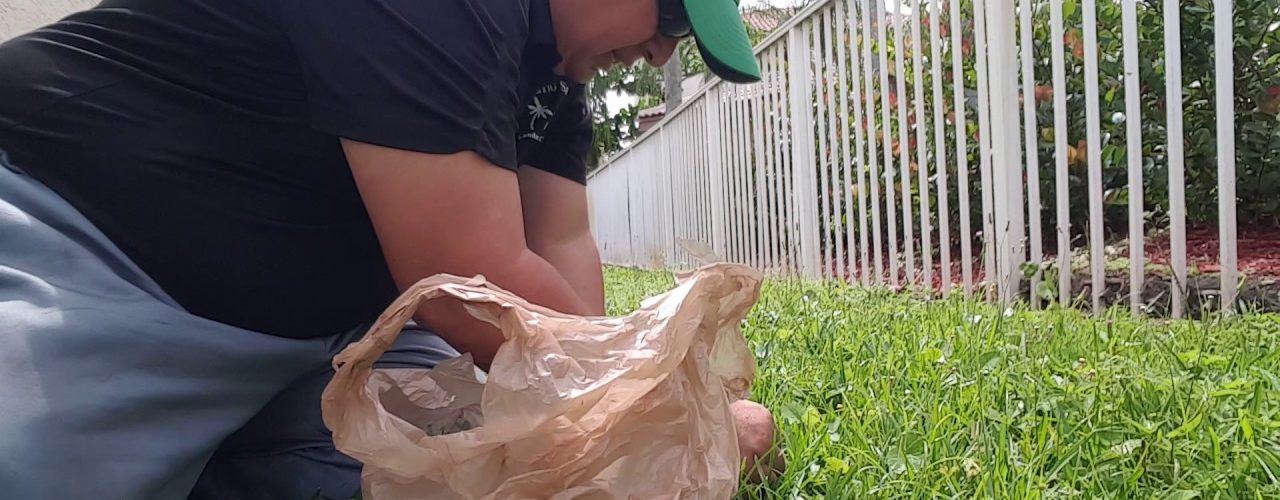Is your lawn a patchwork of clumps of grass and dirt? Have moles and other rodents destroyed your lawn? If your lawn is permanently brown and needs more than just a little water, perhaps it is time to consider resodding your lawn.
There are three main steps to follow if you want to resod a lawn. You must prepare the area where the new sod is going to be installed. You must order and install the sod and you must water and maintain your new lawn.
Contents
Preparing to Resod a Part of Your Lawn
You may only have a few brown patches that you want to resod. If that is the case, you can use a hoe to remove the unwanted grass. Remove the grass, any weeds and roots and use a rake to smooth out the area. If your soil is rich and soft, you do not need to do anyting more in preparation except to moisten it with the garden hose. If it is sandy, dry or otherwise deficient, some fertilizer should be spread in and mixed with the dirt.
Preparing to Resod Your Whole Lawn
This is obviously a much bigger job than replacing a small patch or two of bad lawn. You would be wise to buy or rent a roto tiller to save yourself a lot of time and strain on your back. The tiller will enable you to easily remove the clumps of old grass, weeds, and small roots and at the same time, will loosen your soil. Once you have tilled the area, take a rake and remove all the clumps of grass and any other yard debris. Rake the area until it is level, and take care to slope it slightly down and away from any structures. If your soil needs it, spread some fertilizer. Water the ground until it is nice and moist, but not overly saturated. Your new sod is now ready to be installed.
Installing the Sod
Your new sod should arrive on one or more pallets and may be in small rectangular pieces or in rolls. Make sure to inspect the sod when the delivery truck arrives, checking for a nice green color and a strong root system. Don’t accept brown sod even if the driver tells you it will turn green with a little water. If the sod looks okay, you will be ready for installation. Start the first row by laying the first piece where you want to start. Take additional pieces of sod and butt them up against the first piece. Continue this process until you come to the end of the first row. Start the next row, being careful not to line up the seams. The pattern is similar to that of a brick wall. Once you have laid down the majority of the new lawn, fill in small areas by cutting pieces to size with a knife or machete. It is important to make sure the sod adheres to the soil as best as possible. Rent an industrial roller and go over the new sod one or two times. This will help remove any air pockets and give your sod a better chance of getting established in the crucial following weeks after installation.
Maintaining Your Resodded Lawn
Now that you’ve invested time and money into a new lawn, make sure it will flourish by keeping it well watered, particularly for the first two or three weeks. Water it at least three or four times per week, making sure the soil is nice and moist. Once established, reduce the watering and get ready to start mowing!



